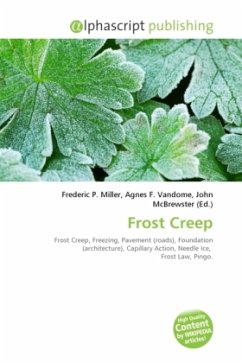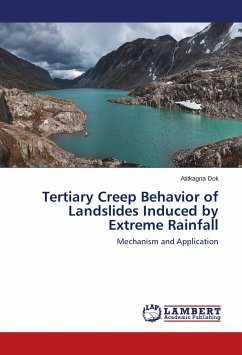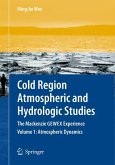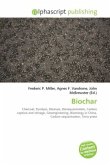High Quality Content by WIKIPEDIA articles! Frost heaving (or a frost heave) results from ice forming beneath the surface of soil during freezing conditions in the atmosphere. The ice grows in the direction of heat loss (vertically toward the surface) starting at the freezing front or boundary in the soil, it requires a water supply to keep feeding the ice crystal growth, and the growing ice is restrained by overlying soil, which applies a load that limits its vertical growth and promotes the formation of a lens-shaped area of ice within the soil. Yet the force of one or more growing ice lenses is sufficient to lift a layer of soil, as much as 30 cm or more. The soil through which water passes to feed the formation of ice lenses must be sufficiently porous to allow capillary action, yet not so porous as to break capillary continuity. Such soil is referred to as "frost susceptible." The growth of ice lenses continually consumes the rising water at the freezing front. Differential frost heaving can crack pavements[3] and damage building foundations.







